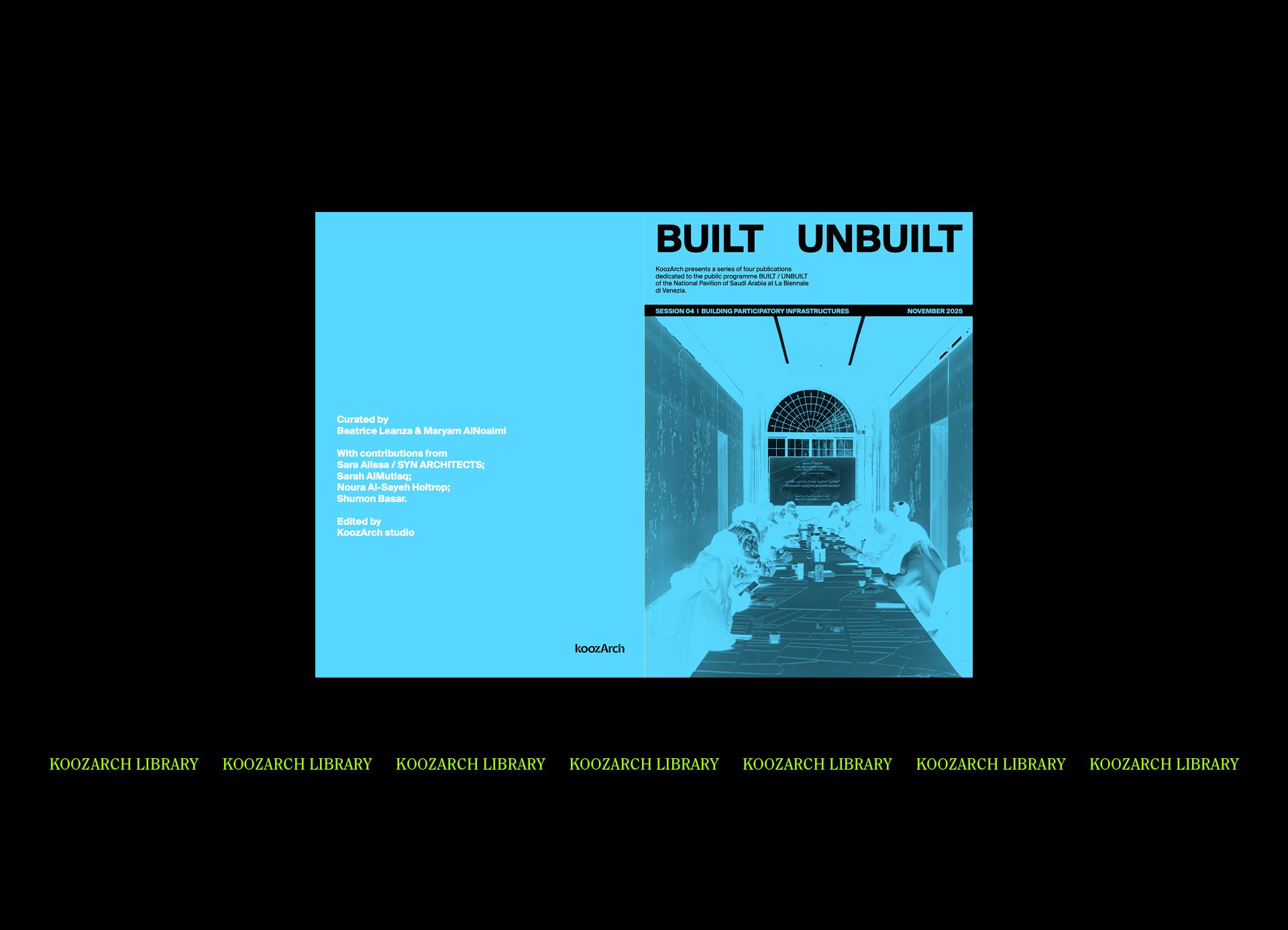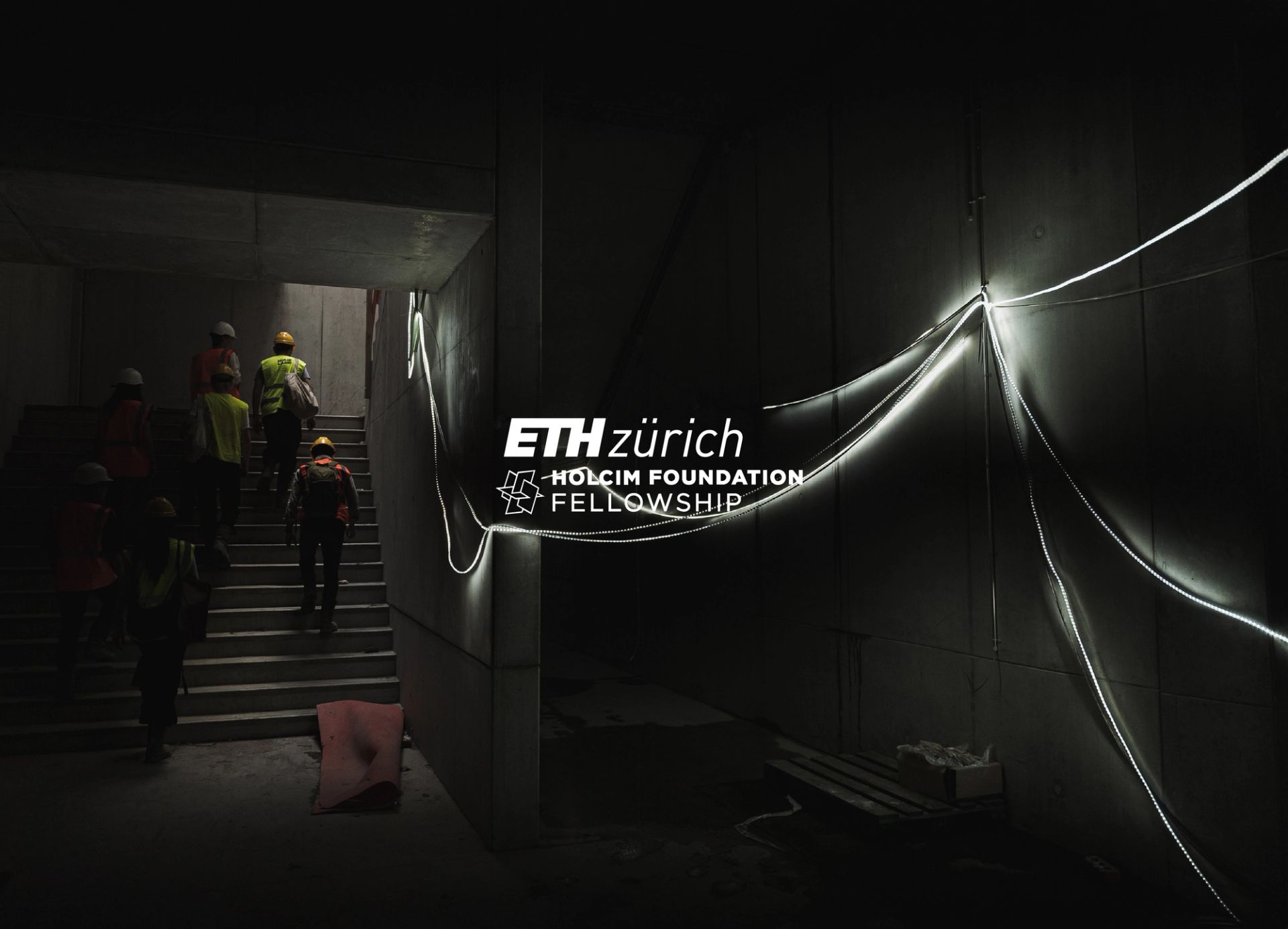Retail Apocalypse is a compendium of case studies, interventions, and object lessons rescued from the bonfire of retail culture which can be read as a time capsule for the entire glorious, messy, self-aggrandizing history of retail. Building upon the research initiated at ETH in Zurich, the exhibition at the Canadian Centre for Architecture explores “current commercial transformations and their impact on society and the built environment, in the context of historic cycles of accumulation, decline, and reinvention.” In this conversation with curators Fredi Fischli and Niels Olsen (gta Exhibitions at ETH Zurich) we explore the importance of focusing on retail today and challenge other possibilities and opportunities for the reinvention, repurposing and re-enlivening of these spaces in-between physical and digital, commercial and cultural within the fabric of our contemporary cities.
KOOZ Perhaps we could start with the premise behind both the research endeavours and the two exhibitions, the one curated at ETH in Zurich and then subsequently at CCA in Montreal. To what extent is retail - an action and space commonly tied to the physical dimension of the shop - extinct? Why is it important to focus on retail now?
FF | NO Marcel Duchamp’s Large Glass can be read as a reflection on the shop window, as the artist explains in a note written to himself in 1913. Rather than surrendering to the act of acquiring commodities displayed behind the glass, his work demonstrates a self-possession in front of the windowpane. Duchamp foresees the power of the show window to interrogate the consumer. Following a long history of animation, today’s products now see us and we are transparent to their algorithms. For the flâneur, the city acted as a privileged stage, where he was drawn to the reflecting show windows, the exhibited commodities, the mirror image of oneself and other shoppers. Nowadays, what we see is that this fascination of the urban dérive has lost its attraction for artists in Western metropolises due the progressive expansion of the generic. So, if major cities are no longer the setting for avant-garde adventure, what subject matter and what kind of locations can replace this modern relationship between art, architecture, literature and the urban realm?
If major cities are no longer the setting for avant-garde adventure, what subject matter and what kind of locations can replace this modern relationship between art, architecture, literature and the urban realm?
KOOZ Retail Apocalypse unfolds as “a compendium of case studies, interventions, and object lessons rescued from the bonfire of retail culture,” with a specific focus on how “retail architecture has shaped cities and landscapes, organizing class and culture, and influencing individual and social behaviour.” What would you say are the defining moments whereby retail culture significantly informed the design of our built environment whilst altering our approach and experience of shopping?
FF | NO Retail is an inherently compelling programme for the high streets of cities and small towns. It brings a sense of life and transactional movement to the street level. It is rather hard to imagine how a city would be experienced without ground-floor shops, but this is increasingly becoming a real question. What can convincingly replace retail? What programs should we strive for as ground-floor uses? And if we take the claim seriously that retail is the last remaining site of social interaction, what could we instead come up with as new types of gathering together? Currently we’re working on an initiative for a new national exhibition to be staged by the largest Swiss cities. The municipal mayors are asking themselves exactly this question about how to sustain the relevance of their urban areas. Clearly the somewhat modernist notions of public space - the shop, the mall, the swimming pool, the library or the playground - can be challenged by new models.
It is rather hard to imagine how a city would be experienced without ground-floor shops, but this is increasingly becoming a real question. What can convincingly replace retail?
KOOZ At the beginning of his famous 1930 manifesto Contemporary Art Applied to the Store and its Display, Friedrich Kiesler explored and advocated “a sound cooperation between public, artists and industry.” For the exhibition at CCA you collaborated with the e-commerce platform SSENSE to produce the experimental Retail Apocalypse: The Epilogue. What kind of parallels can be drawn between 1930s’ shop windows as understood by Kiesler and the digital technology platform SSENSE, which operates at the intersection of culture, community and commerce?
FF | NO SSENSE’s headquarter building by David Chipperfield is in keeping with Kiesler’s modern manifesto. Kiesler’s guidebook draws on modern art as a set of tools for displays in department stores. Yet whereas Kiesler has an ideological agenda that the realm of shopping has the potential to democratize modern art by providing wide-reaching accessibility, thus challenging the museum space, Chipperfield’s take is a reverse one. Starting from a fusion of an industrial art space (Chelsea type) and a museum, he creates a site of value to stage the products of the online retailer’s warehouse as work of arts, acting as exhibits in changing shows.
KOOZ The 2001 Harvard Guide to Shopping notoriously asserted that shopping had become the last remaining form of public activity. For the past edition of the Milanese Design Week we asked the collective (ab)Normal to explore the frantic experience of shopping in the videogame GTA. Rather than considering the end of retail as physical, public activity, could we talk about a gradual move towards public virtual or digital spaces?
FF | NO At the CCA we show a wonderful work by the Greek architect and artist Andreas Angelidakis. It’s an early contribution on the emergence of virtual space and growing e-commerce. In a melancholy video-clip-like piece, with the aesthetics of the GTA videogame, he shows the fantasy of do-it-yourself architecture, reusing the delivery boxes that are so endlessly folded up and dispatched by Amazon, UPS and FedEx to create new domestic architecture.
Clearly the somewhat modernist notions of public space - the shop, the mall, the swimming pool, the library or the playground - can be challenged by new models.
KOOZ Beyond our physical idea of retail exists an entire digital ecosystem structured around algorithms and artificial intelligence that means we no longer even need to actively look for shopping opportunities, instead they more and more seem to find us. To what extent can we talk about an architecture and design of digital infrastructures rather than physical retail spaces?
FF | NOThe architecture of logistic infrastructure for online shopping has been described as “posthuman.” These places are mostly beside the freeway but remote from anywhere. The total floor space of these halls has doubled worldwide in only the past three years. Despite the rapid advances in automation – like the algorithms that know what we want to buy, that you describe – these logistic parks are not yet fully automated. The armies of people who work in these places face a daily struggle. Often the centers aren’t connected to public transport and a car is expensive. Workers buy their groceries in small highway shops or gas stations. For everyday errands, they have to take holiday time off. The work places are dangerous too. We need to be aware that the architecture and design of digital infrastructure is not just in the etherspherebut is also very real.
The architecture of logistic infrastructure for online shopping has been described as “posthuman.” These places are mostly beside the freeway but remote from anywhere.
KOOZ To what extent could the design of these spaces for commercial exchange provide new possibilities to explore the relationship between architecture and shopping? In other words, could virtual shopping inform new design solutions for both virtual and physical stores? How would that impact both virtual and real urban spaces?
FF | NO Looking at the question of how virtual shopping has informed physical space we came across a project for an Electronic Showroom for Samsung by OMA from 1996. Anticipating the “retail apocalypse,” it already gives space for artist installations that merge the shop with the museum. The project envisions a “Living Gallery” that presents the products in context - a living room in Tokyo or a kitchen in Los Angeles, for example. It also imagines a warehouse area where the products can be manipulated. The products on display and the configuration of their presentation is changeable, exploring the full potential of the “readymade” Samsung boxes. The digital transformation is not as young as it might seem, and maybe we can already begin looking at its history.
Now is the time to start thinking about how to reinvent, repurpose and re-enliven retail floor spaces, and to start treating them as part of the future catalogue of vacant cityscape sites.
KOOZ If retail disappears from the physical world, what role will architects play in the design of shopping spaces?
FF | NO Abandoned retail spaces represent an opportunity to use them for something else than shopping. Playgrounds, swimming pools, marketplaces, community centers are all places to come together, but maybe new models are needed that can ideally find a home in these derelict spaces. This doesn’t just affect shopping sites - for instance, in our context, churches get left vacant too. Last month we did an exhibition space in an abandoned sex cinema that had lost its raison d’être due to digitalization, as well as gentrification. What we did was to imagine a new, queer space for repressed manifestations of physicality. Thinking of the flâneur or the dandy, going to the city and looking at other people and storefronts, shopping still offers visions of living together, but probably now is the time to start thinking about how to reinvent, repurpose and re-enliven retail floor spaces, and to start treating them as part of the future catalogue of vacant cityscape sites, like we already do for say sex cinemas or churches.
Bio
Fredi Fischli and Niels Olsen are the directors of gta exhibitions at the Institute for the History and Theory of Architecture (gta) at ETH Zurich. Together they have curated numerous exhibitions on art and architecture, including in 2018 "Readymades Belong to Everyone" at the Swiss Institute, New York; "Trix and Robert Haussmann" at KW Institute for Contemporary Art in Berlin and Nottingham Contemporary, and the retrospective of "Inside Outside / Petra Blaisse" at La Triennale di Milano and at ETH Zurich. Recent publications include Ser Serpas (Koenig Books), Richard Hamilton and Sigfried Giedion (jrp Ringier), Heimo Zobernig. schwarzescafé (Koenig Books) and Arno Brandlhuber (Edition Patrick Frey).
Federica Zambeletti is the founder and managing director of KoozArch. She is an architect, researcher and digital curator whose interests lie at the intersection between art, architecture and regenerative practices. In 2015 Federica founded KoozArch with the ambition of creating a space where to research, explore and discuss architecture beyond the limits of its built form. Parallel to her work at KoozArch, Federica is Architect at the architecture studio UNA and researcher at the non-profit agency for change UNLESS where she is project manager of the research "Antarctic Resolution". Federica is an Architectural Association School of Architecture in London alumni.





